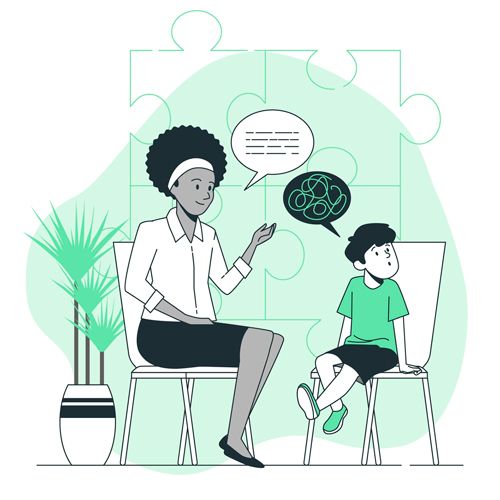For children, a visit to the dentist is often filled with uncertainty and nerves. For autistic children, this usual fear may be further worsened by strange lights, sounds, and the fear of a stranger touching them. Dentist visits are inevitable and central to maintaining good oral hygiene.
It is, however, possible to create a positive experience for your child when it comes to dentist visits. Here are a few tips that you can implement to make dentist visits a bit easier for your child:
Schedule a tour of the dentist’s clinic beforehand
If your child’s dental clinic allows it, scheduling a tour of the clinic before the actual appointment can help orient your child to the new surroundings. Getting a glimpse of the tools being used may also help ease some of your child’s anxiety.
A lot of anxiety comes from the fear of the unknown, and hence giving your child a chance to make himself familiar with the dentist’s office beforehand might help him prepare for his appointment better.
Explain the process in detail through a visual schedule
Visual schedules are great for breaking down an activity that has multiple steps. This will help erase some of the uncertainty that surrounds a dentist visit. The visual schedule you create for your child may be as detailed as you want.
For example, you may start from the very first and basic step, i.e., ‘As soon as we enter the clinic, we will tell our names to the receptionist.’ ‘Then we may have to wait for a little bit. During this time we can play games, read books, or color.’
In this way, you can create a detailed step-by-step guide for the rest of the appointment.
Here’s a very helpful and detailed visual schedule for a trip to the dentist: http://childrensdentalhealth.com/wp-content/uploads/2019/04/Visual-Schedule-for-a-Trip-to-the-Dentist.pdf
Introduce your child to the tools that are used at the dentist
Toy replicas of the tools that are used at dental clinics are available at many toy stores or online stores. You can use these tool kits to make your child familiar with the types of tools that are used and how exactly they are used during procedures.
These toy kits include tools like oral mirrors, scissors, teeth hooks, screw fillers, etc. You can give your child a detailed description of each of these tools and show them videos of these tools being used in real-life situations.
Here’s a toy dental tool kit that might be useful:
Role-play dentist scenarios with your child
Role-play activities give children an idea of what to expect and help them learn what they need to do in certain situations.
You can role-play a dentist visit with your child by pretending to be the dentist and treating him. You can role-play the procedure that the dentist may follow. For example, asking your child to lay down with their hands on their stomach, having them open their mouth wide, using the toy tools on them, etc.
Later on, switch roles with your child and have him be the dentist and try to treat you with the tools.
Conclusion
Preparing for your child’s dentist visit may seem like a tedious process, but talking to your child’s dentist beforehand and helping your child prepare with the tips mentioned in this article may help. It is possible to reduce the anxieties that come with dentist visits.
Making your child familiar with what’s to come is half the battle won in most cases.
References –
https://childrensdentalhealth.com/dental-visit-guide-for-children-with-autism-sensory-issues/




